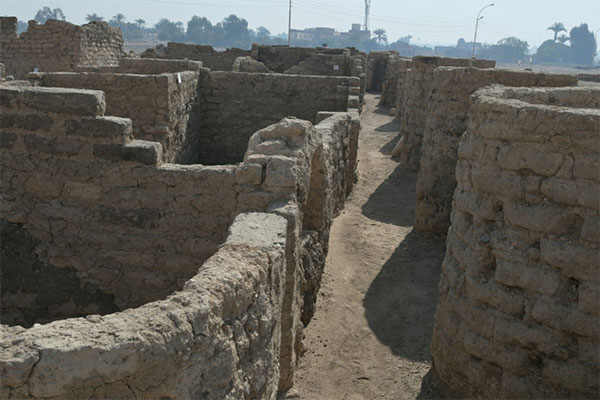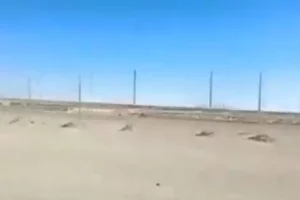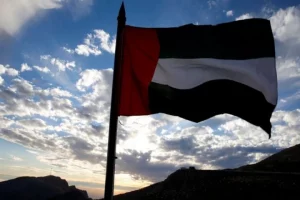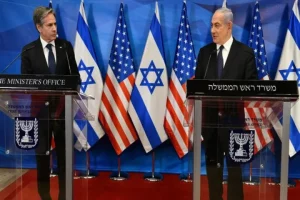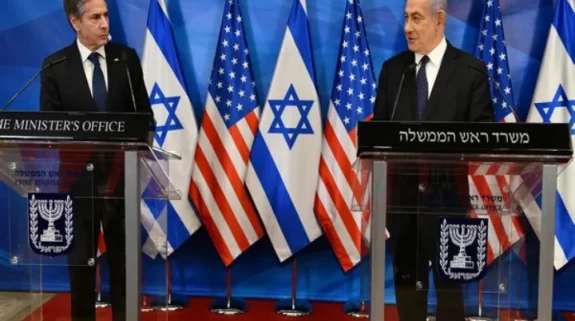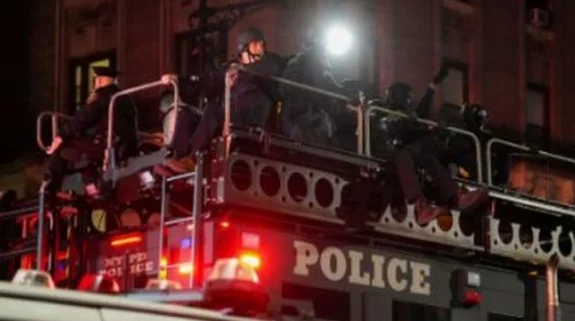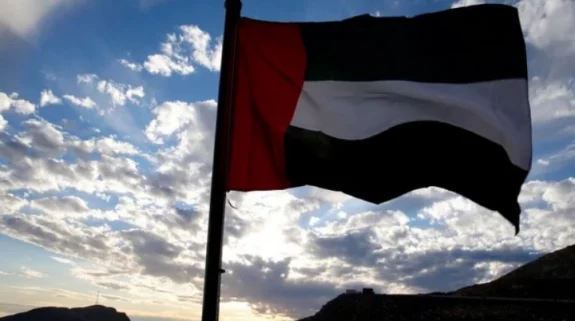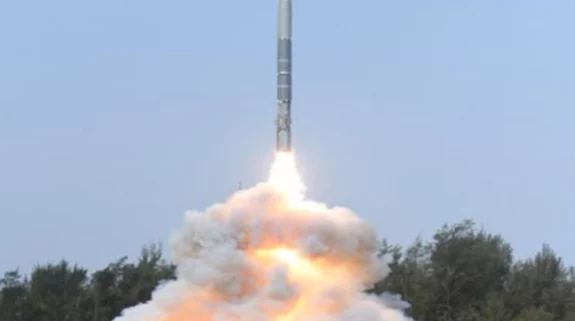Archaeologists have unearthed a 3,000 year-old “lost golden city” in Egypt, which experts said was one of the most important finds since the discovery of Tutankhamun’s tomb in 1922.
UK's The Guardian newspaper reported that the famed Egyptologist Zahi Hawass announced the discovery, saying the site was uncovered near Luxor, home of the Valley of the Kings.
It called the find the largest ancient city, known as Aten, ever uncovered in Egypt.

“The Egyptian mission under famed Egyptologist Dr Zahi Hawass found the city that was lost under the sands,” the archeology team said. “The city is 3,000 years old, dates to the reign of Amenhotep III, and continued to be used by Tutankhamun and Ay.”
Betsy Bryan, Professor of Egyptian art and archaeology at Johns Hopkins University, said the find was the “second most important archeological discovery since the tomb of Tutankhamun. Its discovery will give us a rare glimpse into the life of the ancient Egyptians when the empire was at its wealthiest.”
Items of jewellery such as rings have been unearthed, along with coloured pottery vessels, scarab beetle amulets and mud bricks bearing the seals of Amenhotep III.
Hawass, a former antiquities minister, said: “Many foreign missions searched for this city and never found it.”

The city is believed to be that era's largest administrative and industrial settlement in that era, nestled on the western bank of Luxor.
The lost city is the latest in a series of archaeological discoveries unearthed in recent months across the country that are bringing fresh understanding of the dynasties that ruled ancient Egypt.
Egypt's government hopes such discoveries will boost the nation's all-important tourism industry which has been hit in recent years by the coronavirus pandemic, Islamist militant attacks and political instability.
It remains to be seen whether the discovery will attract visitors like the Tutankhamen's golden mask and other artifacts have done since his tomb was discovered in Luxor's Valley of the Kings.

Egyptologists applauded the discovery on social media Thursday, calling it "extraordinary" and a valuable source of information to better understand Egypt's past civilizations.
Archaeologists started excavating in September in the area between the temples of King Ramses III and Amenhotep III. The original goal of the mission was to find King Tutankhamen's mortuary temple, the statement said.
"Within weeks, to the team's great surprise, formations of mud bricks began to appear in all directions," the statement said. "What they unearthed was the site of a large city in a good condition of preservation, with almost complete walls, and with rooms filled with tools of daily life.
"The archaeological layers have remained untouched for thousands of years, left by the ancient residents as if it were yesterday," it said.
The city's streets are flanked by houses, some of which have walls nearly 10 feet high.
The archaeological team dated the settlement through hieroglyphic inscriptions found on wine vessels, rings, scarabs, pottery and mud bricks bearing the seals of King Amenhotep III's cartouche, the statement said.
So far, several enclaves of the city have been uncovered. In the southern part, the archaeologists found a bakery and a large kitchen complete with ovens and pottery to store food. They also found an administrative and residential district fenced in by a zigzag wall with only one entrance, suggesting it was to provide security, said the statement.
In a third area was a workshop. The team found casting molds to produce amulets and ornaments, apparently for temples and tombs, according to the statement.
"All over the excavated areas, the mission has found many tools used in some sort of industrial activity like spinning and weaving," the statement said, adding that metal and glassmaking slag has also been found.
A large cemetery was found to the north of the city, as well as a group of tombs cut from rock.
"Work is underway and the mission expects to uncover untouched tombs filled with treasures," the statement said.






